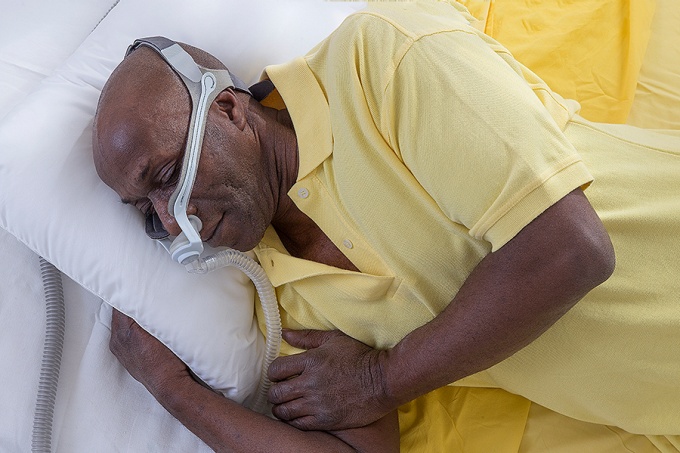New Digital Brain-Heart Map May Lead to Heart, Sleep Apnea Treatments
Researchers at the University of Central Florida (UCF) College of Medicine have created a digital map of the sympathetic nervous system and its connection to the heart.
The sympathetic nervous system plays a key role in regulating heart functions through an intricate network of nerves. It can help the body respond to dangerous or stressful situations by speeding up the body’s heart rate to deliver more blood to areas that need more oxygen. The system also controls the heart rate, blood pressure, digestion and other vital functions.
The map could serve as a guide for treatments such as neuromodulation therapy — electronically stimulating nerves to treat heart conditions such as high blood pressure and heart failure, andsleep apnea, which is strongly linked to heart disease. In individuals with OSA, it becomes difficult to keep the upper airway open during sleep because weight overpowers the muscles that hold it open. This means that each time the airway closes during sleep, there is a pause in breathing; this can happen five to 30 times an hour or more, causing you to wake up suddenly, gasping for air.
Every time the air flow stops, the body releases stress hormones, which over time can lead to heart disease.
The team used advanced technologies to digitize and map the distribution of the sympathetic nervous system, including the heart’s whole atria and ventricles. This advanced blueprint could help scientists and physicians study the brain-heart connection and navigate more precise control of different heart regions, including those that control the heartbeat.
“Utilizing our map as a sympathetic-cardiac atlas opens the door for innovative therapies for several cardiovascular diseases and nerve-related disorders and avoids side effects associated with many pharmaceuticals,” said coauthor Ariege Bizanti, a PhD candidate at UCF.
The project was supported by the NIH Common Fund’s Stimulating Peripheral Activity to Relieve Conditions program and funding from the National Institute on Neural Disorders and Stroke and National Heart, Lung and Blood Institute.








